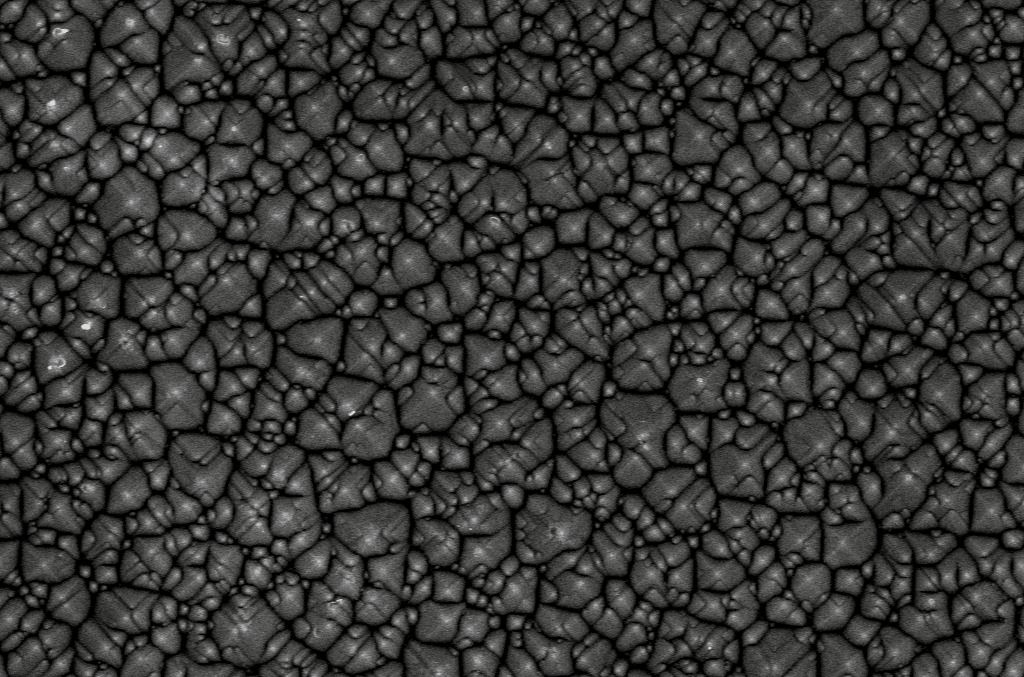


10 May, 2019
In this study, to improve the contact quality of this stack, a small organic molecule (2‐(1,10‐phenanthrolin‐3‐yl)naphth‐6‐yl)diphenylphosphine oxide (DPO) as a cathode interfacial material (CIM), inserted between PC61BM and Ag, is introduced.
In devices with the indium tin oxide (ITO)/NiOx/methylammonium lead iodide (MAPbI3)/PC61BM/CIM/Ag configuration, it is found that this results in fill factor (FF) and short‐circuit current density values (JSC) that are up to ≈34% and ≈1 mA cm−2 higher, respectively, compared to DPO‐free devices.
Inserting additional thin ZnO nanoparticle layers further improves the contact quality, leading to a power conversion efficiency of 18.2%. Semitransparent PSCs, utilizing DPO as an interlayer buffer layer are also realized.
Resultant devices exhibit improved performance compared to DPO‐free devices. This proves that DPO withstands the sputtering of ITO, and may thus find application in perovskite‐based tandem devices. It is concluded that DPO acts as an excellent cathode modifier, opening new device‐engineering opportunities for p‐i‐n PSCs, especially in their semitransparent implementation.
.png?sfvrsn=919e3542_2)
Reference. K. Wang et al., Adv. Mater. Interfaces 2019, 1900434.
To read more click.